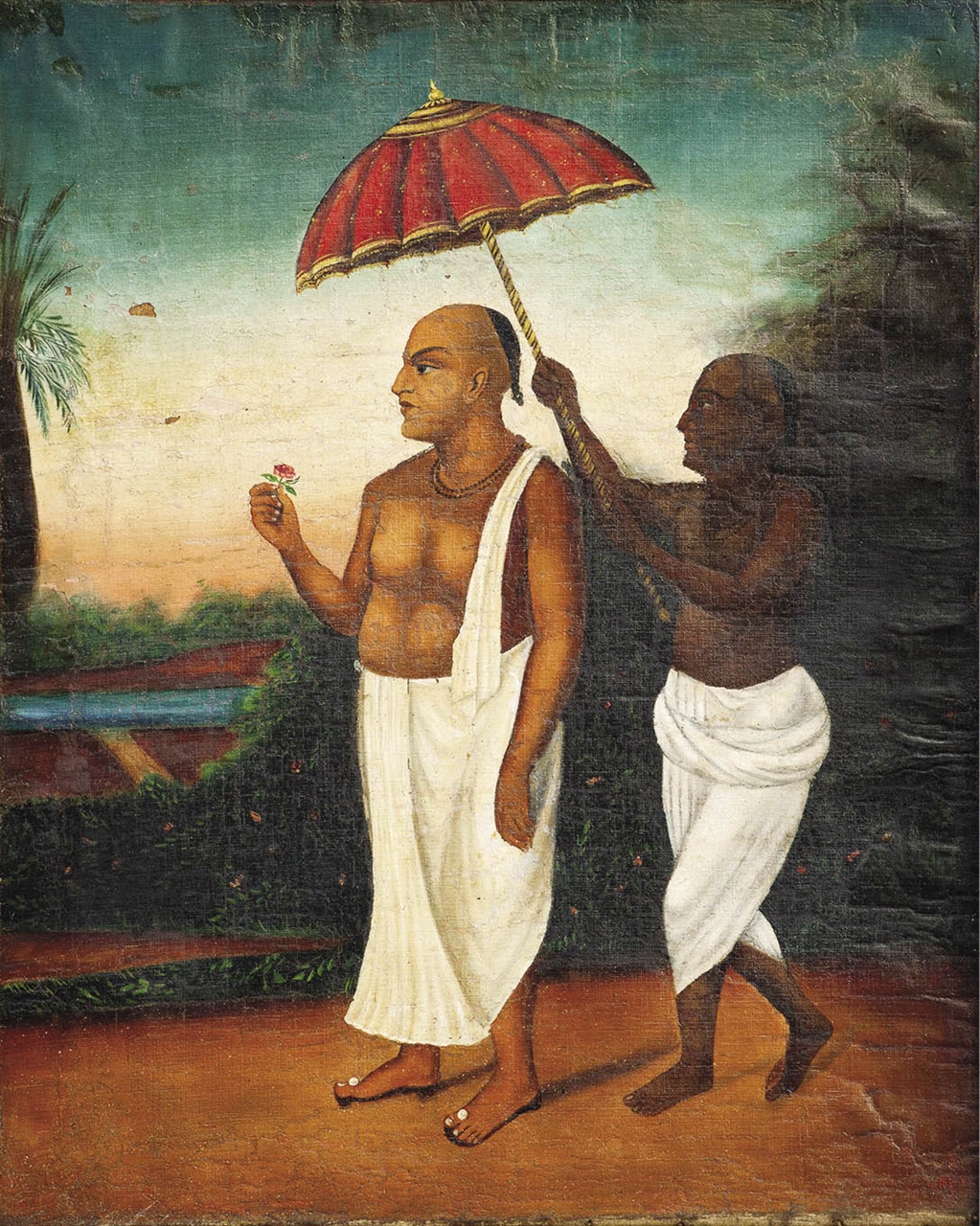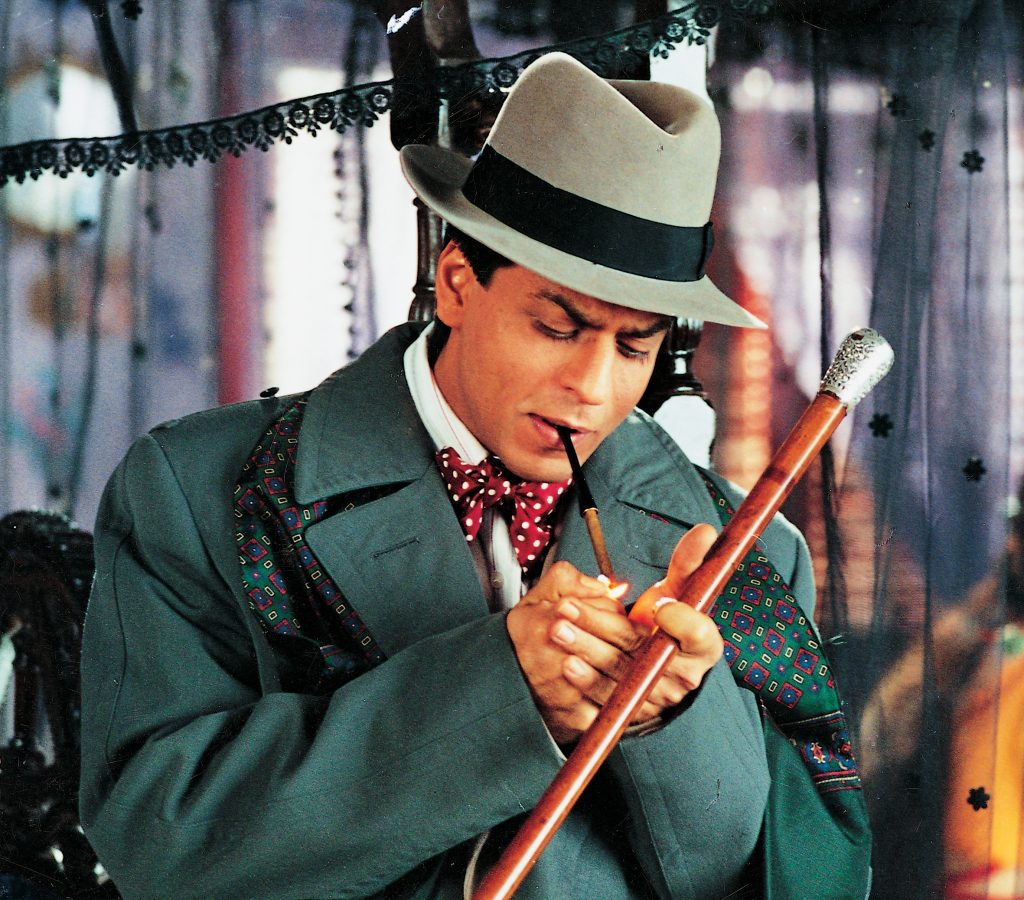The 19th century in West Bengal was marked by a sudden surge of the Bhadralok as we have now read in the previous articles in the Bhadralok series. The Bengali elite or the “babu” of Bengal changed the cultural landscape of the region in many different ways. Their dressing was a mixture of Indian and Western, they were believed to have brought a genteel and sophistication to the Indian populace. Babu was a prefix or suffix that was added to a wealthy individual’s name and denoted their assistance and service to the British in setting up their rule in the country.

Raja Nabakrishna Deb of Shobha Bazaar, Rajbari was the first known babu of Kolkata, he was known to have beem close to Lord Clive and could speak Urdu and Persian. These Babu and the Bibis soon found a way to be depicted in art – be it visual arts or other forms such as in Cinema or Photographs. The Bhadralok or ‘Babu’were now an intrinsic part of the social and cultural fabric of the city. They reflected a particular charm and class, with their aesthetics and demeanour, they stood out from the crowd. Post 1857, babus were depicted differently in the popular culture, in a caricature they were represented wearing Indian clothes with a hat and a jacket, wearing a monocle, smoking a cigar, carrying an umbrella. They were often mocked in popular culture and were not viewed as truly Indian. Bouncing off from this initial representation, we shall explore different depictions of babu in Indian visual arts and the Bhadralok artists in the Indian art scene through the course of this article.

The Babu-Maker in Visual Arts: Lalu Prasad Shaw
At first, we have the Bhadralok artist, Lalu Prasad Shaw, he epitomises the middle class, intellectual Bhadralok from the community. Shaw’s demeanour exudes gentleness, with a soft-spoken and smiling disposition that belies his status as one of the foremost painters of the Bengal school. Unlike some of his peers, he lacks the typical traits of success, angst, or over-intellectualism, embodying a humble and unassuming presence. His work is characterised by its simplicity, vibrancy, and playfulness. Despite having strong roots in the Bengal School of Art, his distinct style and viewpoint cut across traditional lines, shedding light on Bengal’s inner and social worlds in the 20th century.

Shaw is well-known for his humorous and ironic depictions of the upper-middle and upper-intellectual elite in Bengali culture, which he created by drawing on his own surroundings and daily experiences. Shaw creates stories with a limited number of objects, such as a woman holding a mirror or maybe a mango, or a man carrying a suitcase or smoking a cigarette, and he brings them to life with vibrant gouache and tempera fields of colour. While working at a photography studio in Kala Bhavan, Shantiniketan, the artist was initially captivated by the refined lifestyle of the Bengali bhadralok, which consisted of elegant babus and bibis, and has been attracted by the subject ever since.

According to him, “the Babu and Bibi aren’t merely subjects of my artworks anymore, they are my family.” Acknowledging the influence of Kalighat Patas, which captivated him, Shaw found great fascination in depicting the Babu culture. Often infusing traditional subject matter with contemporary elements, he embraces straightforward subjects portrayed in a strictly two-dimensional style, evident in his popular Babu series portraying urban Calcutta’s men and women engaged in feudal-style leisurely activities. Reflecting an ambiance of harmony, his works trace their roots back to the Kalighat patas.He is also showcased the babu’s and bibis in his life size bronze sculptures. Another artist that actively worked on depicting the Babu culture or Bhadralok men/women is Kabari Banerjee, his paintings show individuals going about their regular lives in a pleasant, relaxed way, doing a variety of tasks and activities. Men and women who are content with their daily lives.
DAG’s ‘The Babu and The Bazaar, Art from the 19th and early 20th century Bengal’ and The Babu Representation
Another recent seminal visual arts exhibition that exhibited the ‘Babu’and ‘Bibi’in larger cultural context of Calcutta is the ‘The Babu and The Bazaar: Art from the 19th and early 20th century Bengal’ by DAG. The exhibition had the iconic Kalighat paintings of Gods and Goddesses from the 19th and early 20th century from Kolkata. With the Gods and Goddesses, there was the Bengali Bhadralok, the ‘Babu’ in the secular section of the exhibition. Within the exhibition is a series of paintings portraying the archetypal Bengali ‘Babu,’ a member of the elite class, subject to satire or domestic mockery as he receives reprimands from a woman, likely his wife. Male figures are depicted in dhotis and kurtas, occasionally with headdresses and capes that equal those of their partners, while feminine figures are intricately rendered in patterned sarees of red and gold with copious decorations.This show juxtaposes watercolour pats, which feature both secular and religious themes, with similar pieces from the mass-produced print and commissioned oil painting genres. We want to disentangle certain aspects of Calcutta’s history, culture, class prejudices, and gendered hierarchy by revealing iconography.

Artists’ depictions of Bhadralok and Babu culture, offers a unique combination of nostalgia and humour, it manages to capture a rich Bengali socio-cultural legacy. These artists and these paintings/exhibitions weave together tradition, modernity, and timeless human experiences to offer glimpses into the intricacies of Bengali society through their astute observations and artistic representations. Their portrayals resonate with audiences both past and present because they are emotional reflections of the complexities and paradoxes inherent in the lives of the elite class. While the Bengali Bhadralok mentality has shifted, its remnants are found amongst quintessential artistes, authors, film-makers and their exists a rich repertoire of the babu representation in India art courtesy of Lalu Prasad Shaw or the Kalighat collection of DAG.
Feature Image: Shah Rukh Khan in the character Devdas from the novel “Devdas” by Sarat Chandra Chattopadhyay is often depicted as a member of the Bhadralok class. Courtesy: IMDB
References:
1.https://dagworld.com/the-babu-and-the-bazaar.html
2.https://www.indiaart.com/featured-exhibitions/bhadralok-by-kabari-banerjee/introduction.asp
3.https://theprint.in/india/the-babu-and-the-bazaar-exhibition-celebrates-rich-bengali-tradition-of-kalighat-pat-oil-paintings/1641686/
4. https://indiaartfair.in/3-things-to-know-lalu-prasad-shaw
5. https://enrouteindianhistory.com/bengali-babus-of-the-19th-century/
From Aristocracy to Artefact: Introduction to Kolkata’s Bhadralok Culture
From Aristocracy to Artefact: Introduction to Kolkata’s Bhadralok Culture

Contributor






